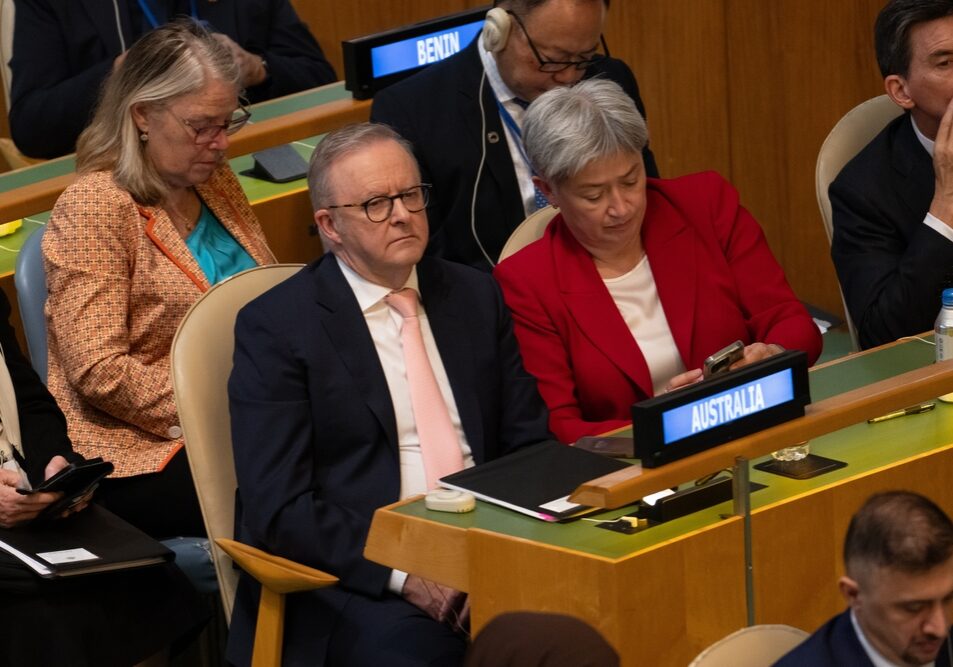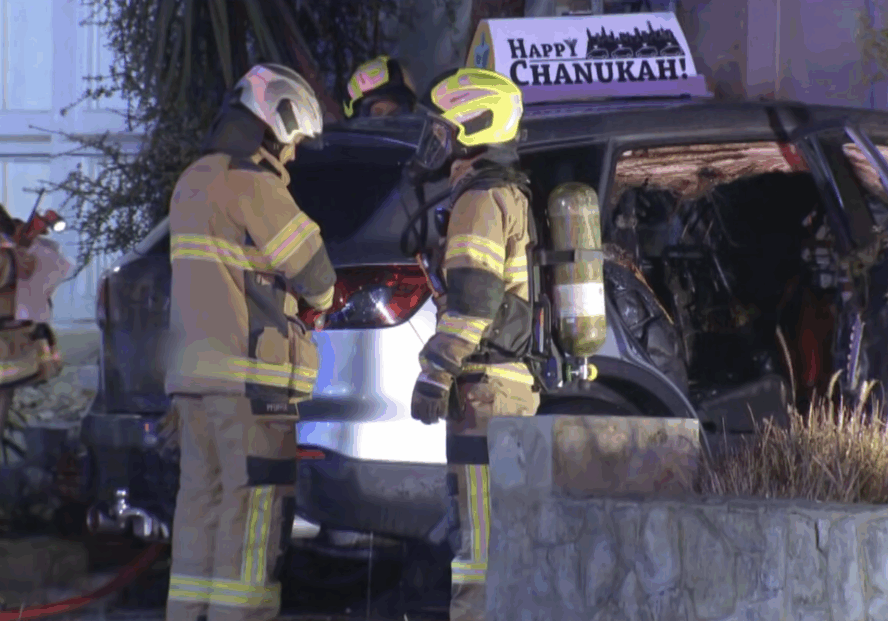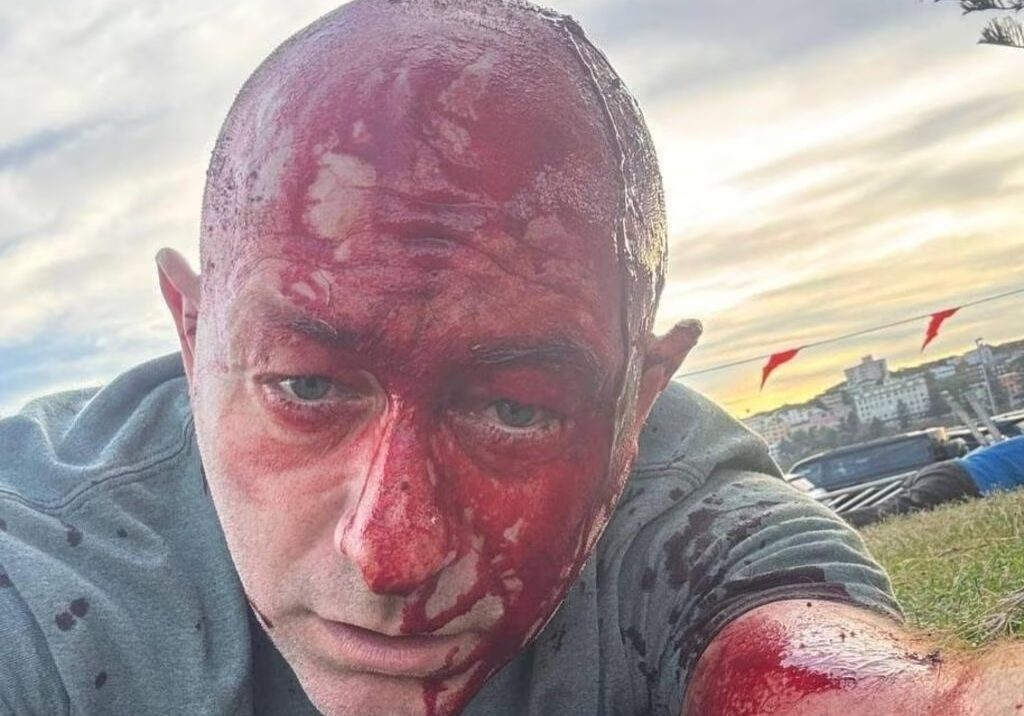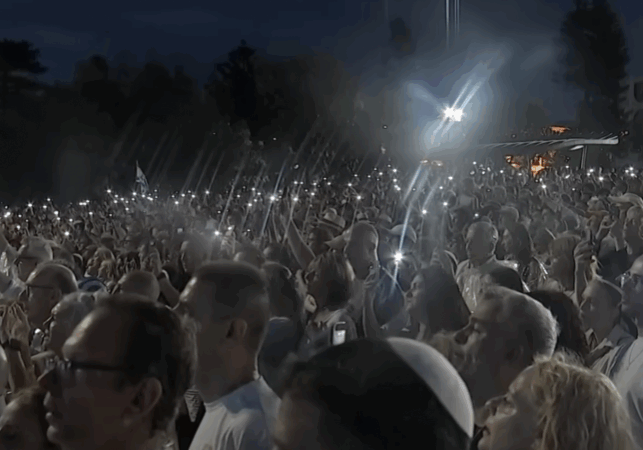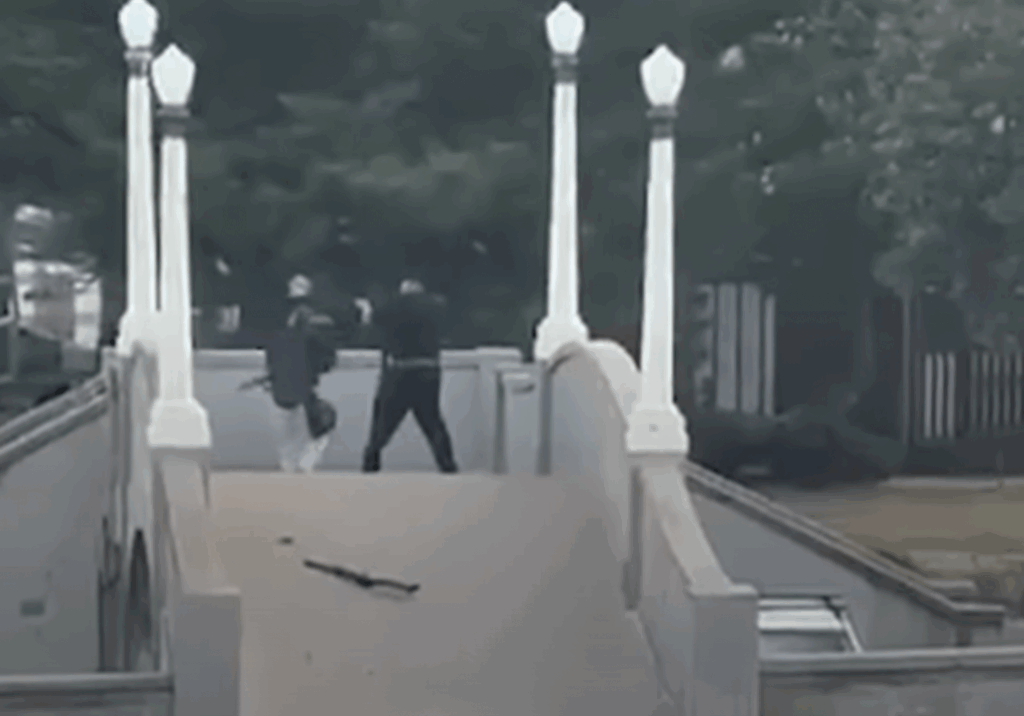Australia/Israel Review
The Last Word: Australia and Global Antisemitism in 2015
Feb 4, 2016 | Jeremy Jones
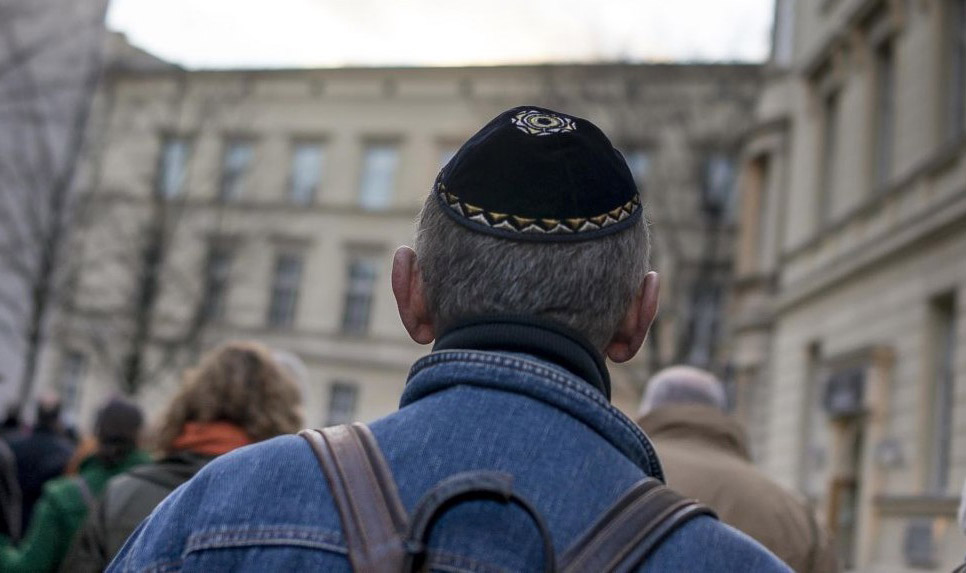
Jeremy Jones
On a sunny summer day in 2002, in a picturesque European capital, delegates to a conference on Holocaust-related issues decided to go for a walk and see some tourist attractions, but local security officers “advised” the males in the group not to go out with kippot (skullcaps) visible, as this may be “provocative”.
A few years later, in a different European capital, prior to an executive meeting of an international Jewish organisation, a man dressed in the clothing of a Chassidic group, who appeared frightened and breathless, sat down with some of the delegates and told us he had been attacked and abused in streets near the conference venue – by a group of men apparently “incited” by his appearance.
Although the phenomenon of abuse, threats and attacks on people who are visibly Jewish in the streets of modern European cities has received some public interest in recent months, it is not new in its virulence nor its geographic spread.
In Australia, Jewish organisations have kept good records of anti-Jewish incidents over a long period, and it is timely to look at the situation as we enter 2016.
In 2015, there were fewer reports than the average over the previous 25 years in all categories other than verbal harassment, and in even this category, reports were received at a rate lower than in a number of preceding years.
Face-to-face harassment not involving assault was reported at nearly twice the previous average, but this reflected an increase over the past decade rather than a sudden spike.
Incidents of violence and property vandalism were reported at 40% of the previous average, telephone threats and abuse at 35% the average rate and graffiti at 36%. Abuse and threats through the post and via miscellaneous means such as fax, leaflets and posters were both reported at the second lowest rates in 26 years.
Although there are numerous small extra parliamentary and fringe political organisations which either are antisemitic or will use antisemitism to further their political agendas, the amount of effort and resources they directed towards Jews was amongst the lowest levels since records have been maintained by the Jewish community. The focus of much of the visible far right is on Islam and Muslims, but there remains an enormous reservoir of antisemitism from this quarter.
However, on social media and in on-line forums and publications, there was an unprecedented volume of overt anti-Jewish commentary originating from, or published by, Australians. There was also an enormous volume of commentary which was arguably, if not incontrovertibly, anti-Jewish.
Facebook pages were the source of the vast majority of concerns regarding antisemitic commentary. The online pages associated with some mainstream traditional media, particularly the government-owned ABC, provided platforms for anti-Jewish vilification, abuse and harassment.
It is significant that there is very little antisemitism associated with mainstream political parties, although the Greens, which have a parliamentary presence but also maintain an extra-parliamentary activist base, have had anti-Jewish postings in their on-line platforms.
There is abundant evidence of antisemitic views being present within Australia’s large and diverse Muslim population. While by no means all segments of these communities are antisemitic or even pay regard to Jews in any way, there are active and vocal proponents of anti-Jewish myths who will act both openly and covertly.
Overt antisemitism has been documented on Australian campuses in the year in review, with both extreme-left students and Middle East academia causing concern. At the December 2015 meeting of the National Union of Students, in Melbourne, “socialist” delegates used “Jew” and “Ashkenazi Jew” as terms of abuse.
So while Australia did not experience the tectonic increases in acts of antisemitism which plagued much of the world in 2015, the negative atmospherics amplified by online media, the behaviour of far too many “leftists”, the ideology of far-right groups, the open hatred expressed from some Muslim groups, all mean that there is much work for opponents of antisemitism to do, and certainly no reasons for complacency.
Tags: Antisemitism

